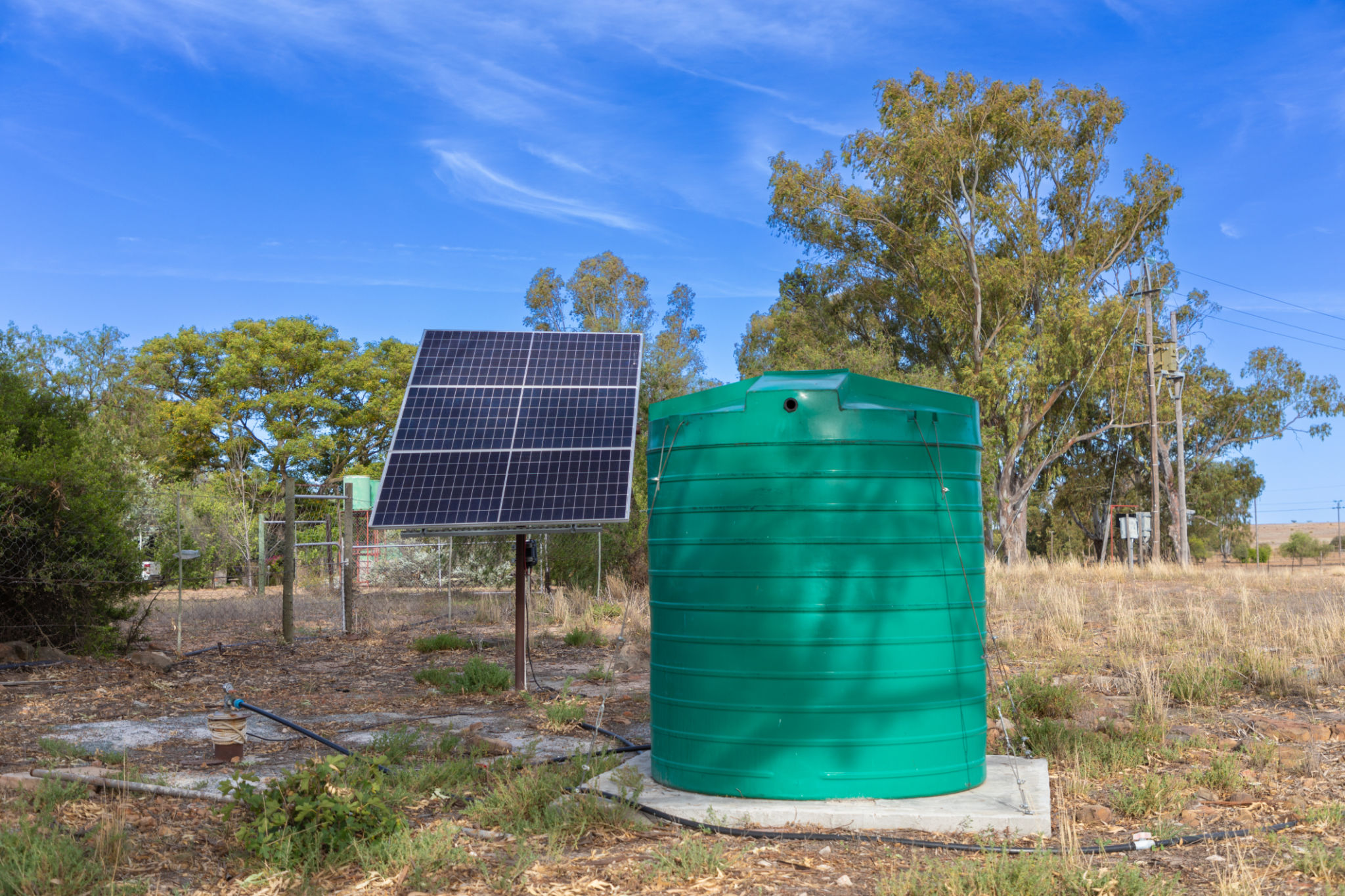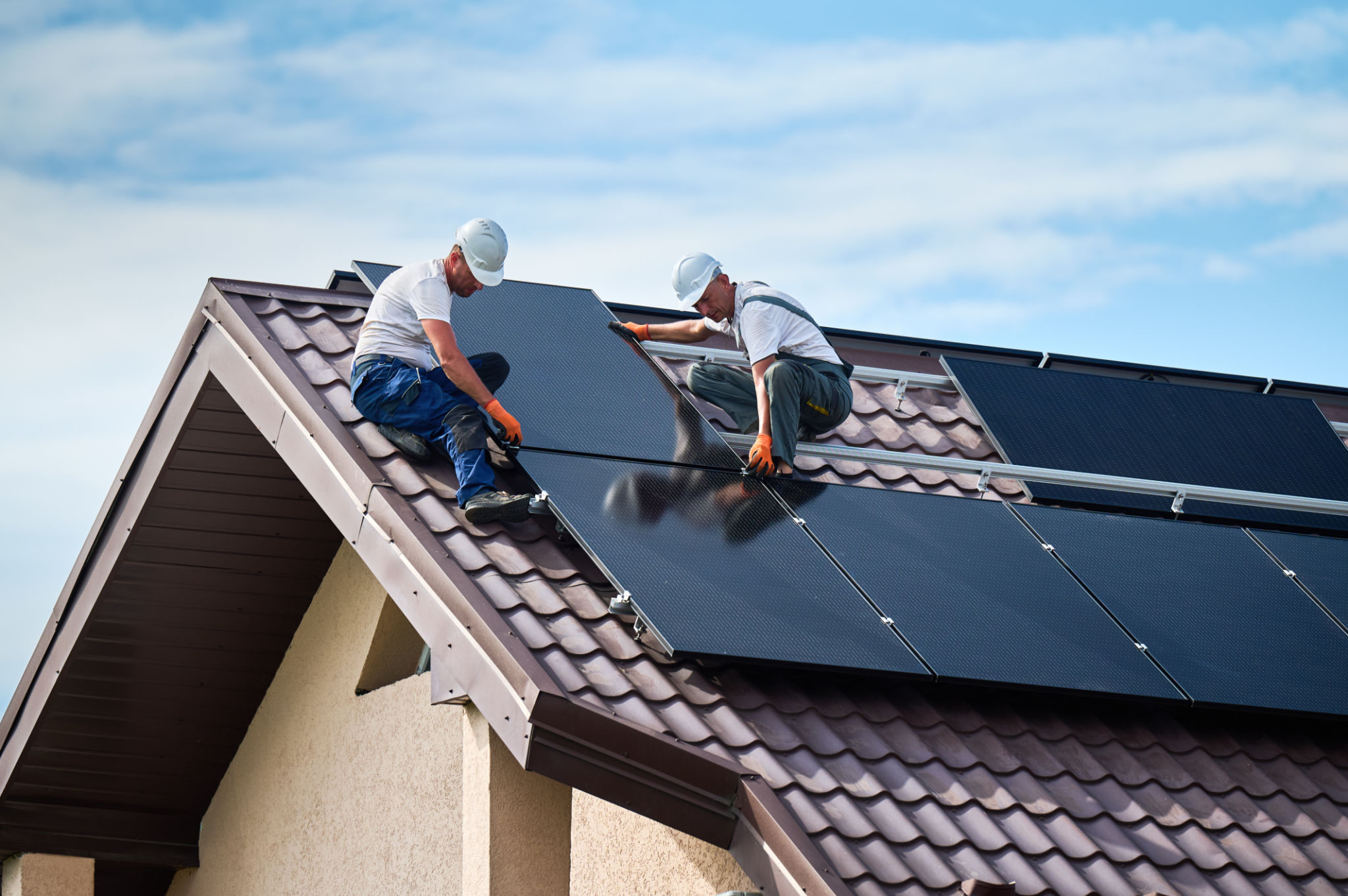The Complete Guide to Solar Panel Installation for Boreholes in Zimbabwe
Understanding the Importance of Solar Panels for Boreholes
Solar panels have revolutionized the way energy is harnessed, offering a sustainable and cost-effective solution for various applications, including powering boreholes. In Zimbabwe, where sunshine is abundant, tapping into solar energy for borehole operations can significantly reduce electricity costs and enhance water access in rural areas.

By utilizing solar panels, communities can pump water without relying on traditional electricity sources or generators, which can be unreliable and expensive. This sustainable approach not only ensures a steady water supply but also contributes to environmental conservation efforts by reducing carbon footprints.
Assessing the Site for Solar Panel Installation
The first step in installing solar panels for boreholes is conducting a thorough site assessment. This involves evaluating the location's solar potential, which includes the amount of sunlight received, shading issues, and the optimal tilt angle for panels. In Zimbabwe, most regions receive ample sunlight throughout the year, making them ideal for solar installations.

Additionally, it is crucial to assess the borehole's water requirements and energy consumption. Understanding these factors will help determine the right size and number of solar panels needed to meet the borehole's demands efficiently.
Choosing the Right Solar Panels and Equipment
When selecting solar panels for borehole systems, it is essential to consider their efficiency, durability, and warranty. Monocrystalline panels are often preferred for their high efficiency and long lifespan. However, polycrystalline panels can also be a viable option, especially if budget constraints are a concern.

Alongside the panels, you'll need additional equipment such as inverters, charge controllers, and batteries. These components are vital for converting solar energy into usable electricity and storing it for when sunlight is not available. Ensure that all equipment is compatible and designed to withstand local weather conditions.
Installation Process and Best Practices
The installation process begins with mounting the solar panels at a location that receives maximum sunlight exposure. Proper alignment and tilt are crucial to optimize energy generation. The panels should be securely mounted to withstand wind and other environmental factors.
After mounting the panels, connect them to the inverter system and ensure all wiring is correctly installed. It is advisable to engage a professional installer who is familiar with local regulations and best practices to guarantee a safe and efficient setup.
Maintaining Your Solar-Powered Borehole System
Regular maintenance is vital to ensure the longevity and efficiency of your solar-powered borehole system. Cleaning the solar panels periodically to remove dust and debris will enhance their performance. Additionally, inspect all connections and components for signs of wear or damage.

Monitoring the system's performance can help detect any issues early, preventing costly repairs or downtimes. Investing in a maintenance plan can be a wise decision to keep your borehole system running smoothly throughout the year.
Benefits of Solar-Powered Boreholes
Solar-powered boreholes offer numerous benefits that extend beyond cost savings. They provide reliable access to water in remote areas, reducing dependency on erratic power supplies. Furthermore, they contribute to environmental sustainability by utilizing clean energy sources.
Communities can experience improved water security, which is crucial for agriculture, livestock, and daily living needs. By investing in solar technology, Zimbabwe can continue progressing towards energy independence and water accessibility for all its citizens.